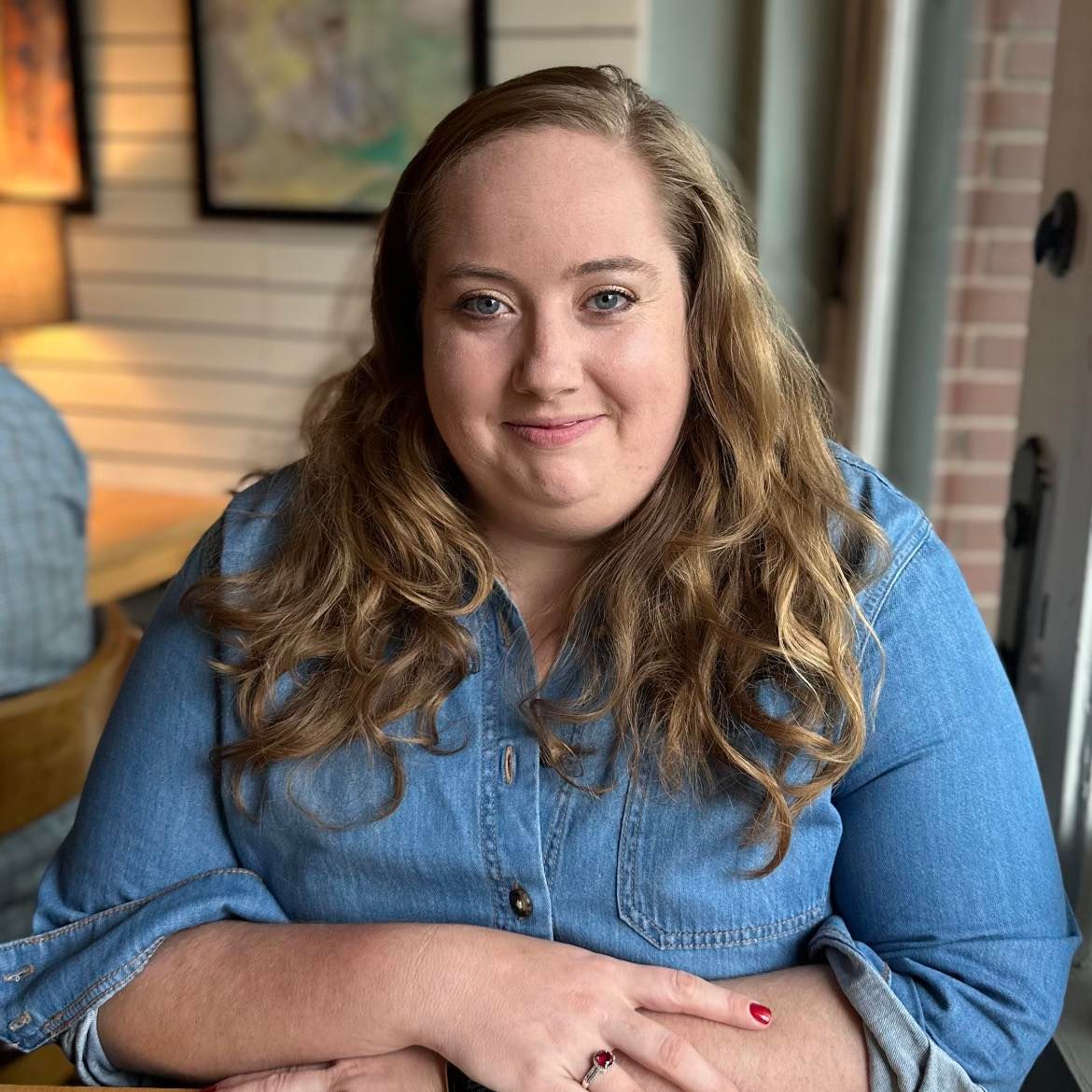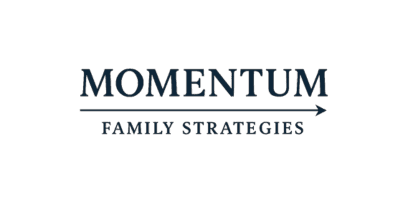After Graduation: Building a Life That Works
SH
High school isn’t the finish line. It’s the start of an overwhelming new chapter for families of young adults with disabilities.
I’m Samantha Harrison. Behind every Medicaid waiver and disability policy is a family fighting for their loved one’s future. This space is about truth, courage, and clarity—giving you tools, hope, and a steady voice when everything feels like too much.
You spend years fighting for IEPs, therapies, and transition plans.
And then—just like that—graduation hits.
Suddenly, there’s no classroom. No clear routine. No built-in supports.
And you’re left asking:
“Now what?”
For many families, life after high school for a young adult with disabilities brings more questions than answers.
Where will they go each day?
What programs are available?
Will they be stuck at home while peers move on?
Let’s talk about what comes next—and how to build a life that actually works.
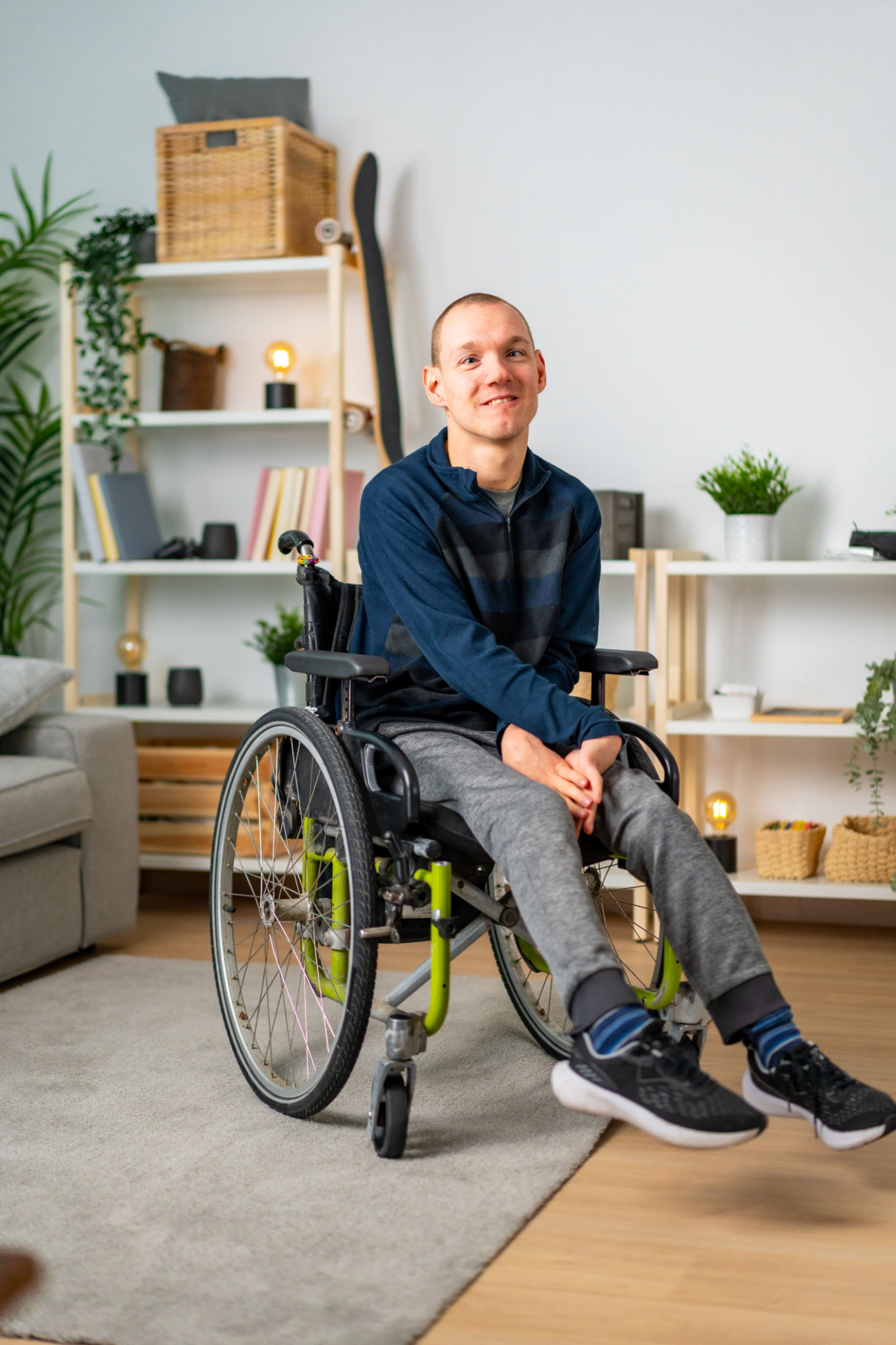
What Happens to Too Many Young Adults After Graduation
Without a clear plan, this is what I see over and over again:
🛋️ They stay home all day — with no routine, no connection, and no growth
💸 Families burn out fast — trying to juggle caregiving and full-time work
🧩 Supports go underused — because no one explained how to access or combine them
📉 Skills they built in school begin to fade — because there’s no consistent practice
It doesn’t have to be this way. But the system doesn’t make it easy.
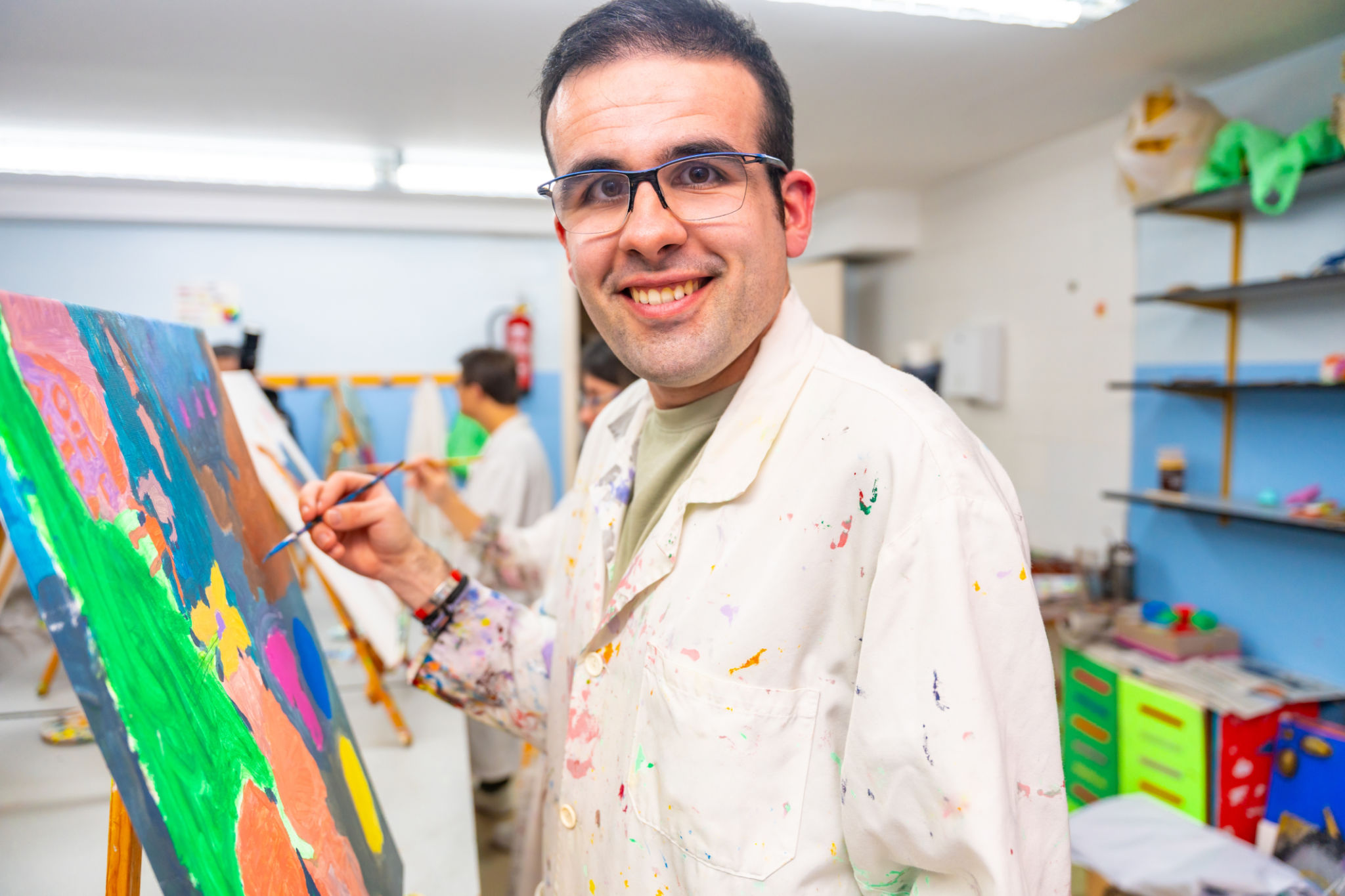
What You Can Do After High School Ends
There’s no one-size-fits-all path—but there are options. Here’s where to begin:
1. 🔍 Get clear on what’s available
From waiver programs and adult day services to supported employment or college transition programs—Kentucky has options. But most families don’t hear about them until years too late.
2. 📋 Start with your young adult’s vision, not just the system’s limitations
Do they want to work? Be around people? Live more independently someday?
You’re not just filling time—you’re building a life. Start from what matters most.
3. 🧑🤝🧑 Consider Participant-Directed Services (PDS)
If traditional day programs don’t fit, PDS might. It allows families to hire their own staff, build a schedule that works, and create opportunities around real goals—not cookie-cutter programs.
4. 🧠 Think beyond 1 year at a time
What you do today shapes what’s possible 5 years from now. That doesn’t mean rushing—but it does mean being intentional.
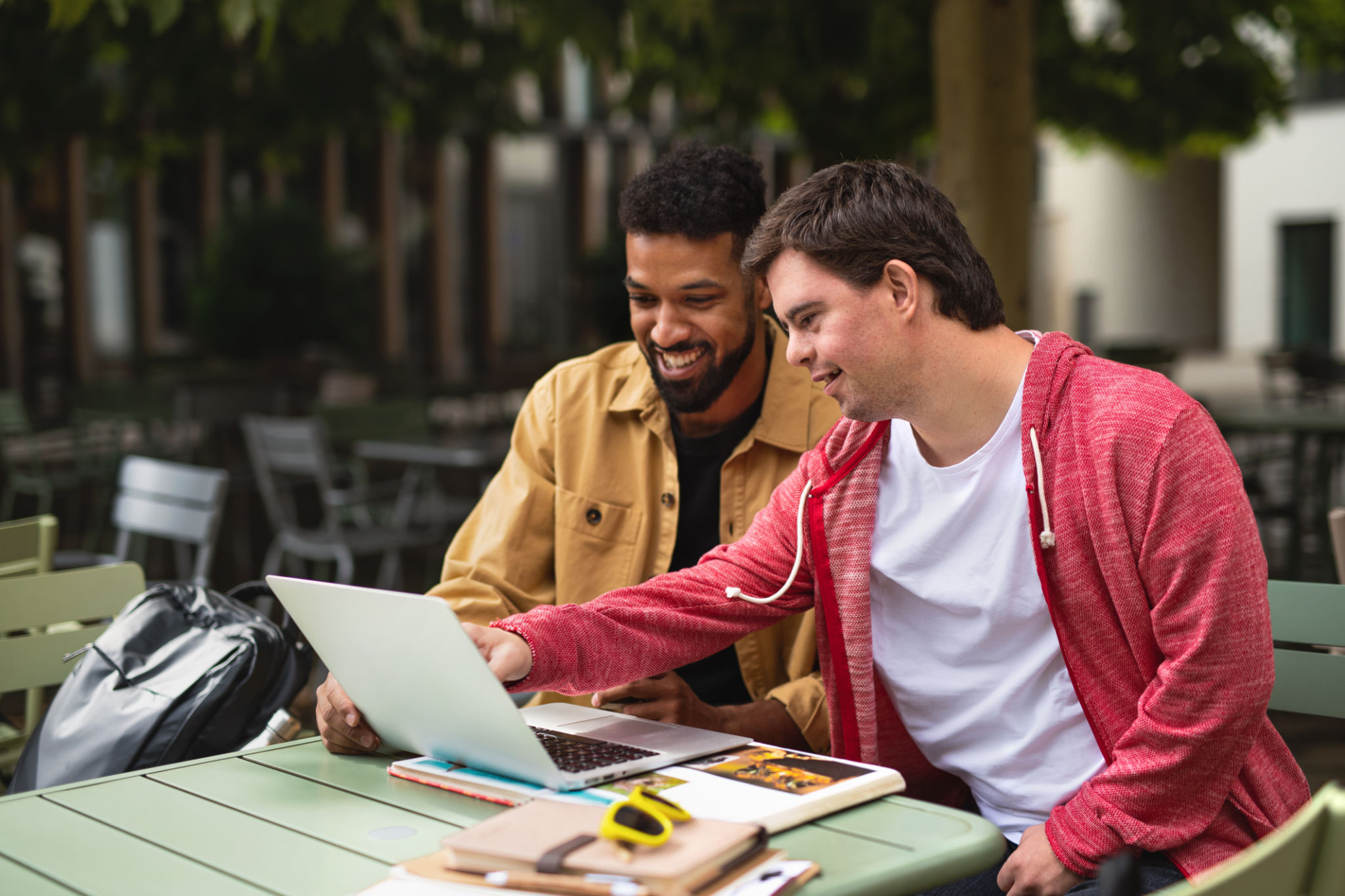
✅ Start Here — You Don’t Have to Navigate This Alone
You don’t have to figure it all out today. But you can take the next step forward.
I work with families to create customized post-graduation roadmaps that focus on:
🎯 Meaningful daily routines
💼 Opportunities for growth, work, and contribution
🏡 Long-term care planning
🧾 Getting the right services without getting lost in the system
I have a few openings for free strategy sessions with families navigating this exact transition.
👉 Click here to schedule your session.

Meet Samantha
Samantha Harrison is a disability consultant with over 13 years of experience helping Kentucky families navigate Medicaid waivers, hire caregivers through Participant-Directed Services (PDS), and build care steams that actually work.
She’s on a mission to help families who are being left to manage complex systems alone—facing long waitlists, confusing rules, and impossible decisions without enough support. And with new Medicaid cuts looming, the stakes have never been higher.
Samantha offers hands-on, personalized support to help families get clear answers, take action, and create sustainable solutions—without getting lost in the red tape. If you’re ready for real help, you’re in the right place.
